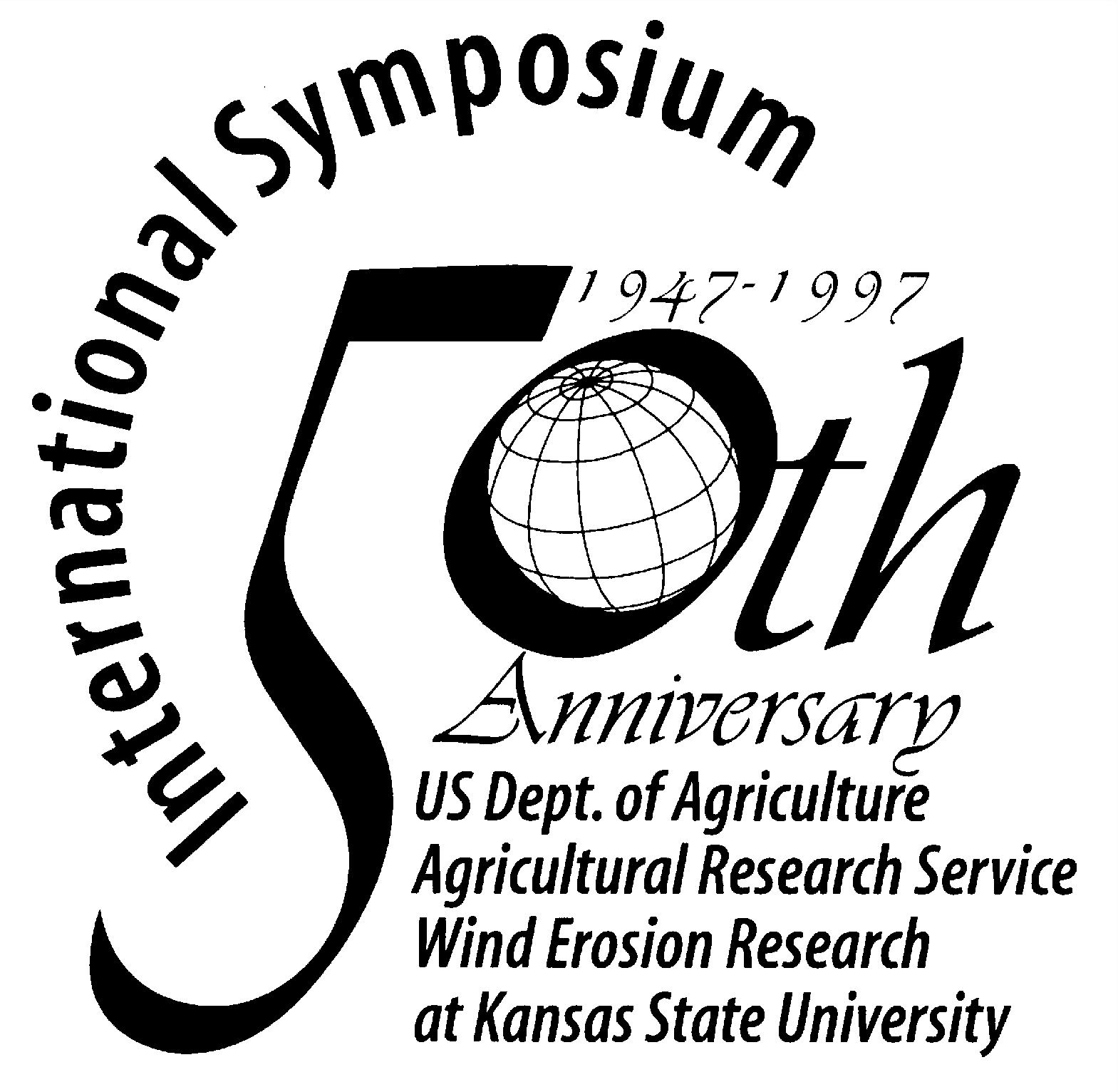|
Texas Erosion Analysis Model: Theory and Validation
Udai B. Singh, James M. Gregory, and Gregory R. Wilson
Abstract
Soil erosion by wind reduces soil
productivity, decreases agricultural production, and the associated dust generation from
wind erosion affects human health and the environment by polluting the air. There is a
high on-site as well as off-site cost due to wind erosion in various parts of the world.
It has been estimated that off-site cost due to wind erosion is much higher than on-site
cost.
Texas Tech Erosion Analysis Model (TEAM) is a
physically based mathematical model which simulates the detachment and maximum transport
rate and associated atmospheric loading of dust from agricultural and non-agricultural
sources. The model simulates the effect of surface cover, wind velocity, soil shear
strength, soil particle size and particle size distribution, and soil moisture on the
maximum transport rate. The maximum transport rate equation has been calibrated and
verified with measured field and wind tunnel data.
The amount of dust production, excluding the initial
dust already present in the soil system, is a byproduct of the saltation process during
wind erosion. A dust generation equation has also been developed by relating the change in
detachment of dust particle to the number of impacts from particle abrasion during
saltation. The dust generation equation was verified with data collected from a controlled
energy dust generator (CEDG) designed and developed at the Wind Engineering Research
Center, Texas Tech University, Lubbock, Texas. The effects of soil type and moisture
content on amount of dust generation were also studied.
An overview of the theoretical development and experimental
validation of various key components of TEAM are presented in this paper. TEAM was adopted
and currently in use by a major environmental consulting firm to perform an air quality
safety analysis for cleaning up a major environmental contamination site. TEAM was
compared to 20 other models and was adopted because of its ability to consider detailed
data input and its robustness in modeling the wind erosion and dust generation processes. |




